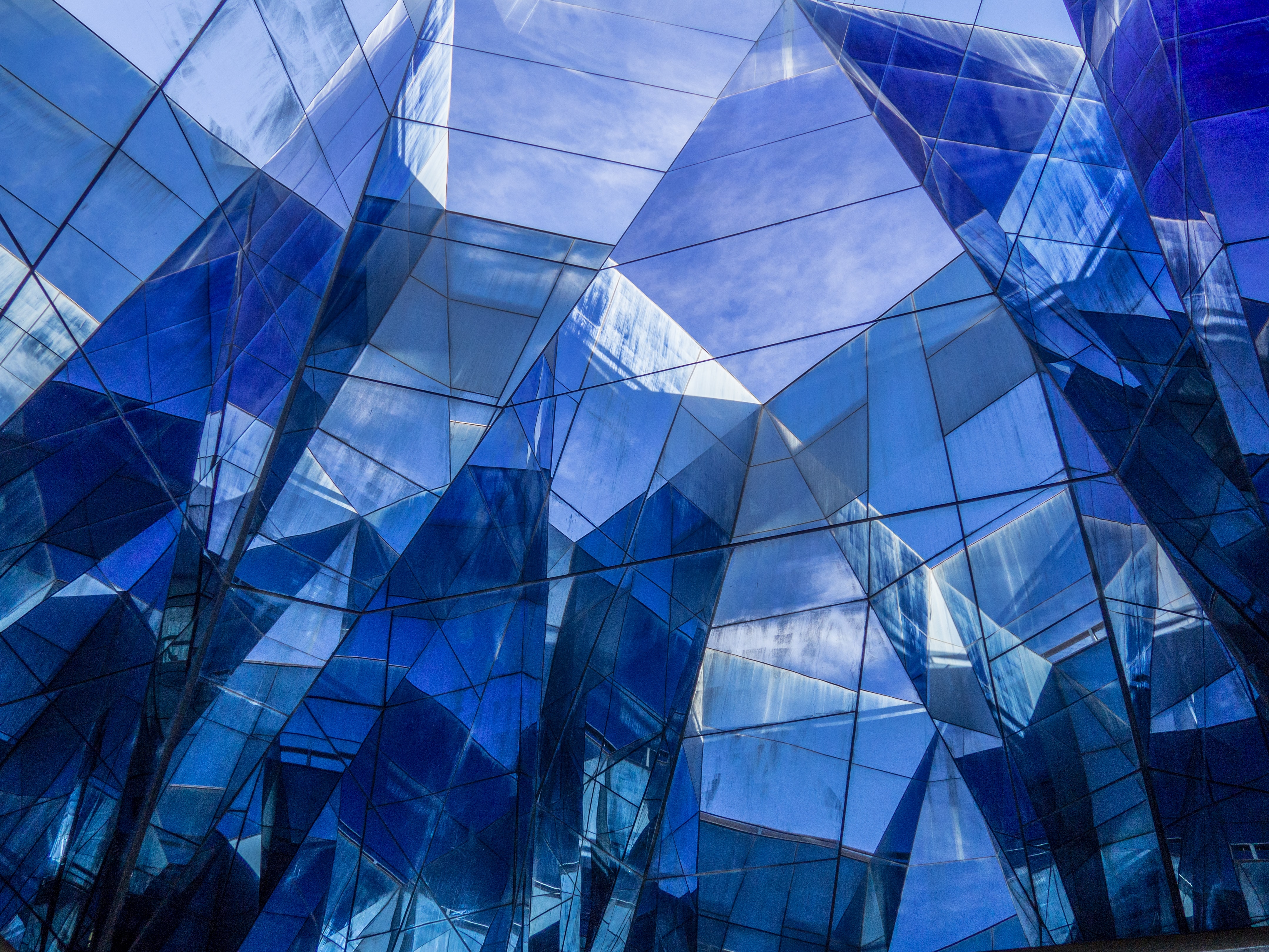Billionaire Bunkers: Layouts & Design
- The OSIRIS Project Editorial Staff

- Jan 12, 2024
- 3 min read
Billionaires, with their vast resources and often a keen sense of global affairs, have been reported to invest in sophisticated bunkers and secure facilities to ensure their safety in various scenarios, ranging from natural disasters to geopolitical unrest. While specific details about these private sanctuaries are closely guarded secrets, we can speculate about their features and capabilities based on known technologies and trends in luxury survival accommodations.
In December of 2023, the creator of FaceBook was revealed to have been prepping himself - upper echelon style. Mark Zuckerberg's secretive construction of a $100M compound on his Hawaiian island ranch encapsulates a broader trend among the world's billionaires who are increasingly fortifying their properties. Zuckerberg, who acquired the 1,400-acre Koolau Ranch on Kauai Island in 2014, has initiated a significant building project that, despite efforts to keep details under wraps through nondisclosure agreements with workers, has come to light through required planning permits.
These documents reveal plans for a sprawling estate featuring a dozen buildings and a 5,000-square-foot subterranean bunker equipped with what appears to be a blast-resistant door. This move by the Meta CEO raises questions about whether he is preparing for a potential apocalypse or societal collapse, reflecting a growing inclination among the ultra-wealthy to create secure, self-sufficient sanctuaries against unforeseen global crises.
Luxury Survival Condos
Converted missile silos in Kansas have been transformed into luxury condominiums designed to withstand nuclear blasts. These facilities, known as Survival Condo Projects, offer amenities like indoor pools, movie theaters, and hydroponic gardens, catering to the desire for comfort alongside survival. While originally built for military use, their conversion into lavish residences exemplifies how extreme security measures can coexist with luxury.
Eco-Friendly Bunkers
Some billionaires are deeply invested in sustainability and eco-conscious living. It's plausible they would commission bunkers that not only provide safety but also operate with minimal environmental impact. These might feature renewable energy sources, such as solar panels and wind turbines, water recycling systems, and organic farms, allowing occupants to live off-grid indefinitely.
Remote Island Retreats
Billionaires like Larry Ellison, who purchased 98% of the Hawaiian island of Lanai, might not have built bunkers in the traditional sense but have the means to turn these remote retreats into fortified, self-sustaining havens. With private security forces, airstrips, and stocked warehouses, these islands can be transformed into impregnable sanctuaries during crises.
Mobile Havens
Considering the advancements in yacht and aircraft technology, it's reasonable to assume that some billionaires might opt for mobile bunkers. Superyachts and private jets can be equipped with state-of-the-art defense systems, secure communications, and supplies to remain at sea or airborne for extended periods, offering an escape from ground-based threats.
Underground Compounds
Drawing from public knowledge of military and government bunkers, billionaire-owned underground compounds likely exist, featuring blast-proof doors, air filtration systems capable of countering biological and chemical threats, and deep-earth construction that offers protection from nuclear fallout. These complexes would likely include long-term food storage, medical facilities, and possibly even DNA banks for agricultural and medicinal regeneration.
Alpine Fortresses
The world's elite have long favored secluded mountain regions for their beauty and strategic advantages. It's conceivable that billionaires have constructed modern-day castles in such locales, equipped with helipads, autonomous energy supplies, and fortifications designed to blend into the natural landscape while offering unmatched security and privacy.
Smart Bunkers
With the rise of smart home technology, the ultra-rich might integrate advanced automation and AI systems into their bunkers for security and operational efficiency. These smart bunkers could feature biometric access controls, autonomous security drones, and systems for monitoring the exterior environment and internal health conditions, ensuring both security and comfort.
Conclusion
While the exact specifications of billionaire bunkers remain speculative due to their secretive nature, it's clear that the world's wealthiest individuals have the means and motivation to create safe havens that blend luxury, sustainability, and cutting-edge technology. These sanctuaries serve as a testament to human ingenuity and the desire for security in an uncertain world, offering a glimpse into how the ultra-rich plan to navigate potential future catastrophes.
Further Reading
Currid-Halkett, E. (2017). The sum of small things: A theory of the aspirational class. Princeton University Press.
Dunham-Jones, E., & Williamson, J. (2009). Retrofitting suburbia: Urban design solutions for redesigning suburbs. Wiley.
Jeffery, N., Lobo, R., & Robinson, M. (2007). Superyachts: Luxury under sail and power. Merrell Publishers.
MacKay, D. J. C. (2009). Sustainable energy - without the hot air. UIT Cambridge Ltd.
Morris, M. (2012). Castles: Their history and evolution in medieval Britain. Windmill Books.
Ozorak, P. (2012). Underground structures of the Cold War: The world below. Pen and Sword Books Ltd.
Palan, R. (2003). The offshore world: Sovereign markets, virtual places, and nomad millionaires. Cornell University Press.




Comments